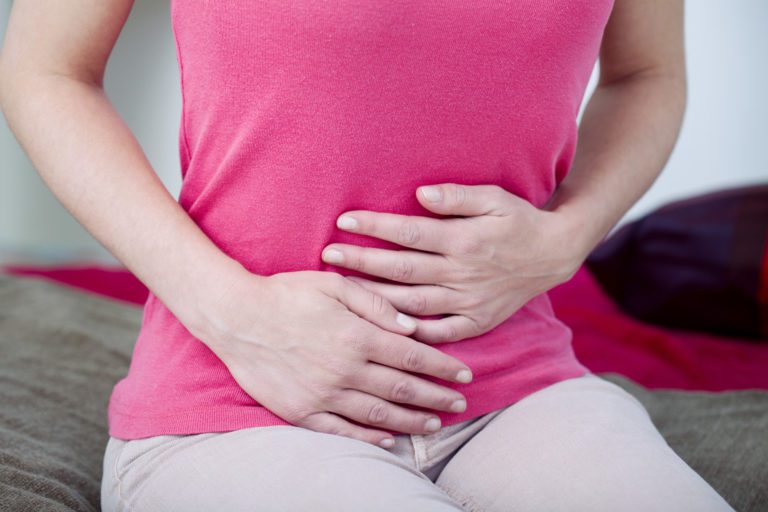Pelvic Pain in Women: Causes, Symptoms and Home treatment
Pelvic pain in women is a common yet complex issue that can significantly affect daily life. Understanding its causes, symptoms and treatments is essential for managing and alleviating discomfort.
What is Pelvic Pain?
Pelvic pain refers to pain in the lowest part of the abdomen and pelvis. It can be acute or chronic, varying in intensity and duration. Acute pelvic pain is sudden and severe, while chronic pelvic pain lasts for six months or longer, often with a fluctuating intensity.
Where is Pelvic Pain Located?
Pelvic pain is typically felt in the lower abdomen, below the belly button, and may extend to the lower back, buttocks, or thighs. The pain's exact location can provide clues to its underlying cause.
What are the Possible Causes of Pelvic Pain in Women?
There are many reasons why you may develop pelvic pain, including:
- Appendicitis.
- Bladder disorders (such as urinary tract infections).
- Kidney stones.
- Intestinal disorders (such as diverticulitis or colitis).
- Broken pelvic bones.
- Sexually transmitted infections.
- Nerve conditions (such as pinched nerves of your spine).
- Hernia.
- Pelvis disorders
Possible pelvic pain causes in women and AFAB include:
- Pregnancy.
- Ectopic pregnancy.
- Pelvic inflammatory disease (PID).
- Ovulation.
- Miscarriage.
- Menstrual cramps.
- Cervical cancer.
- Uterine cancer.
- Ovarian cysts or other ovarian disorders.
- Uterine fibroids.
- Endometriosis.
Symptoms Related to Pelvic Pain and Chronic Pelvic Pain
Symptoms of pelvic pain can vary widely but often include:
- Dull or sharp pain in the lower abdomen or pelvis
- Pain during menstruation
- Pain during intercourse
- Pain during urination or bowel movements
- Lower back pain
Chronic pelvic pain may also be associated with fatigue, depression and difficulty sleeping, significantly impacting a woman's quality of life.
Care and Treatment for Pelvic Pain
Treatment for pelvic pain in women depends on the underlying cause. Options include:
- Medications: Pain relievers, anti-inflammatory drugs and hormonal treatments can help manage symptoms.
- Physical Therapy: Pelvic floor therapy can strengthen muscles and alleviate pain.
- Surgery: In severe cases, surgery may be necessary to treat conditions like endometriosis or fibroids.
- Lifestyle Changes: Regular exercise, a balanced diet and stress management can improve overall health and reduce pain.
Pelvic Pain Home Treatment
For mild pelvic pain, home treatments can provide relief:
- Heat Therapy: Applying a heating pad to the pelvic area can relax muscles and reduce pain.
- Hydration: Drinking plenty of water can help prevent urinary tract infections and constipation.
- Dietary Adjustments: Eating a high-fiber diet can ease digestive issues that may cause pelvic pain.
Can Pelvic Pain Be Prevented?
While not all causes of pelvic pain can be prevented, certain measures can reduce the risk:
- Maintain a Healthy Weight: Excess weight can put pressure on pelvic organs.
- Practice Safe Sex: Reducing the risk of sexually transmitted infections (STIs) can prevent pelvic inflammatory disease.
- Regular Check-ups: Routine gynecological exams can detect and treat issues early.
When Should I Be Concerned About Pelvic Pain?
If you experience severe, persistent, or worsening pelvic pain, it’s important to seek medical attention. Pelvic pain accompanied by fever, heavy bleeding, or unexplained weight loss should also be evaluated by a healthcare professional.
Understanding the causes, symptoms and treatments for pelvic pain in women is crucial for effective management. By staying informed and proactive women can take steps to alleviate pain and improve their quality of life.

